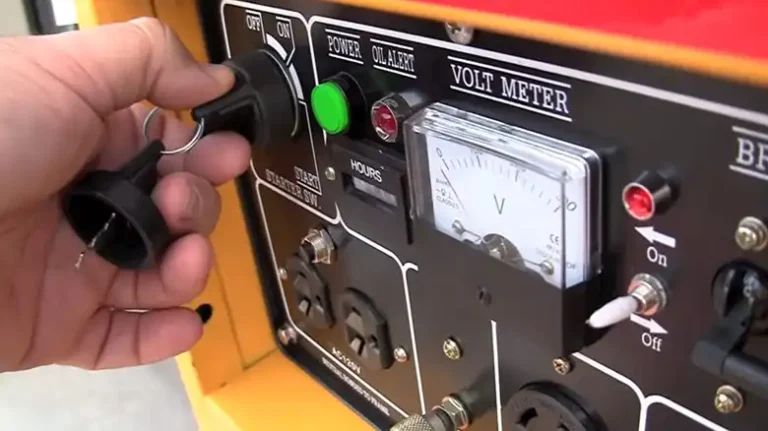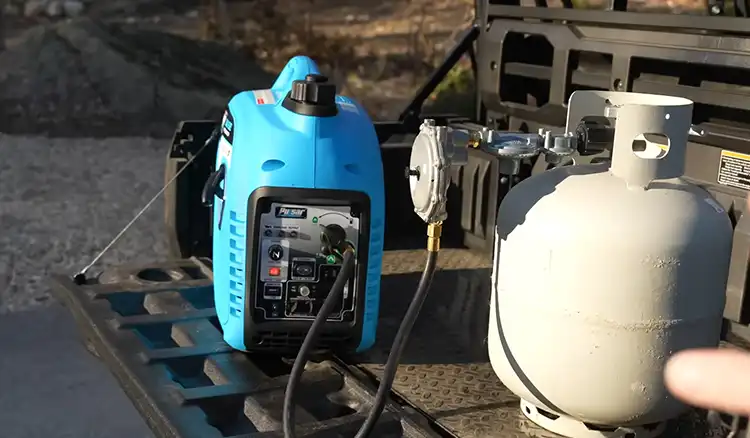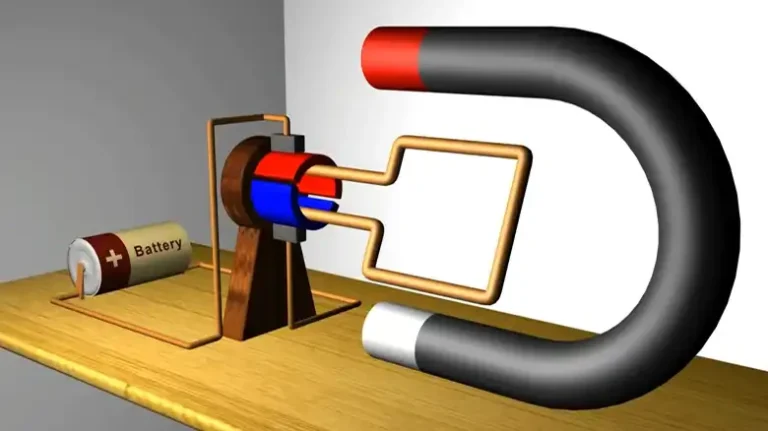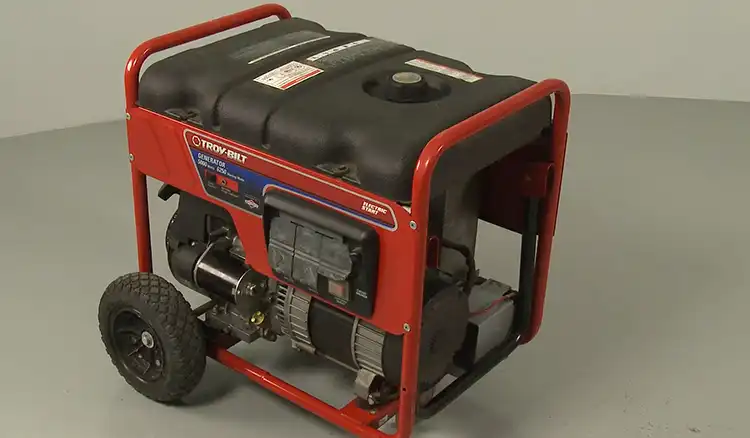What Voltage Should a Generator Put Out? Easy Explanation
Whether you are in the market for a home backup generator or for your next camping trip, understanding your generator is important. Because it can make all the difference between making a smart decision or grossly overpaying for an over-the-top generator that well-exceeds your needs. But it can be a daunting task, since there are so many terms like volts, amps, and watts, making it hard to figure out which one is what.
They rate generators according to their capability to produce electricity, which is measured in watts or kilowatts. But then again, you’ll find most of your appliances specify the amount of voltage or volts they require for normal operation.
So, what voltage should a generator put out? Well, for normal home usage, 120 volts is fine. Read on to understand generator voltage and how to determine your voltage needs.

Different Voltage Requirements in Generators
Voltage requirement varies in different countries, but typically, the voltage (V) output of a generator must be 120V or 240V. So, normally, generators either give a 120 (110-120) or 240 volts output. However, if it’s a dual voltage generator, it can provide both the 120 and 240V output.
The accepted formula for voltage output is Volts = Watts / Amps
So, for a generator with a 5000 watts capacity outputting 41.67 amps, the voltage output should be 120V.
Importance of Determining Generator Voltage
Voltage works just like water pressure. If the voltage is higher, it moves electrons through a conductor faster. All of your appliances have both a volt and amp rating. So, it’s really important to match the voltage requirement of your generator.
For example, if your LED light bulb is rated at 120 volts, it can accept volts ranging anywhere from 110 to all the way up to 127 volts. When you exceed 135, you should expect your light bulbs to burn out.
What Determines the Voltage Output of a Generator?
Technically speaking, you can increase or decrease the voltage output of your generator by making it rev higher or lower. But, as most consumer-level generators rev at a fixed rate.
So, in a real-world situation, your generator’s voltage output fluctuates depending on the load demand. Also, any mechanical or electrical fault, as well as external disturbances, can cause it to fluctuate.
To combat this, generators come with an automatic voltage regulator (AVR). AVR helps to adjust the field current of the generator in order to maintain a constant voltage output.
Determining Voltage Requirement for Generators
To determine the voltage requirement for a home generator, do the following:
- Make a list of all your electronic appliances
- Check the power requirement of all the hardware
- Total the power requirement for KW
The basic math is, W = V x I x PF
So, if for example, your refrigerator requires 120 volts at 6.5 amps, and if the power factor is 0.8, then it would consume about 624 watts of power. Do the math and make an estimation of all your appliances, add everything up, and you’ve got the voltage and watt requirement of the generator you need for your home.
What Voltage Generator Do You Need?
Again, the voltage doesn’t necessarily represent the generator’s ability to power more appliances. It simply refers to its ability to power appliances. So, for normal home appliances, 120 volts is fine. However, if your generator usage includes operating heavy machinery, you should be looking at 240 volts.
The higher the watt output is, the higher the number of appliances your generator can handle. On the other hand, with more volts, it can handle more energy-intensive machines.
Global Variations in Voltage Standards
In North America, the standard house current is 120 volts. However, some appliances like water pumps, high-speed blowers, or dryers can use 240 volts. Most generators sold in North America can do both 120 and 240 volts and they can do it at the same time.
In Europe, however, most appliances are rated for 220 volts. In fact, most of the countries outside North America use 220-240 volts at 50 Hertz, whereas it’s 100-127 volts at 60 Hertz in America.
FAQs (Frequently Asked Questions and Answers)
How do you adjust the voltage on a generator?
The manufacturer sets the voltage output of a generator. However, if you can access the AVR (automatic voltage regulator) board, you can turn the AVR jewel’s screw clockwise to increase voltage output or cuter-clockwise to decrease it. You can also do so by fitting an external hand trimmer.
Why would a generator put out low voltage?
Any engine issue such as low engine oil, worn spark plugs, blocked air filters, clogged up the carburetor, surrounding weather, etc. can cause the engine to work slower. This can lower the generator’s voltage output significantly.
Does a generator put out AC or DC voltage?
Although generators can produce both AC and DC current, most generators put out AC voltage. AC voltage changes direction periodically, which is required for residential and commercial applications. Specialized generators, however, made for telecommunications and industrial applications, produce DC voltage.
What happens if the generator voltage is too high?
Voltage, when too high, can cause electrical components to fail prematurely. Because higher voltage increases the speed or intensity of current flow, which leads to overheating, which can cause electrical components to fail.
Final Words
To recap, your generator’s voltage output has nothing to do with its ability to power multiple appliances, rather it indicates the intensity of electricity flow. For regular home appliances, your generator should put out 110-120 volts. For a more generalized answer, a generator should put out 110-240 volts.
Hope you’ve got the answer you came for. Thanks for reading.
![[100% Working] Champion Generator Electric Start Not Working](https://generatorwheel.com/wp-content/uploads/2023/03/Champion-Generator-Electric-Start-Not-Working-768x431.webp)




